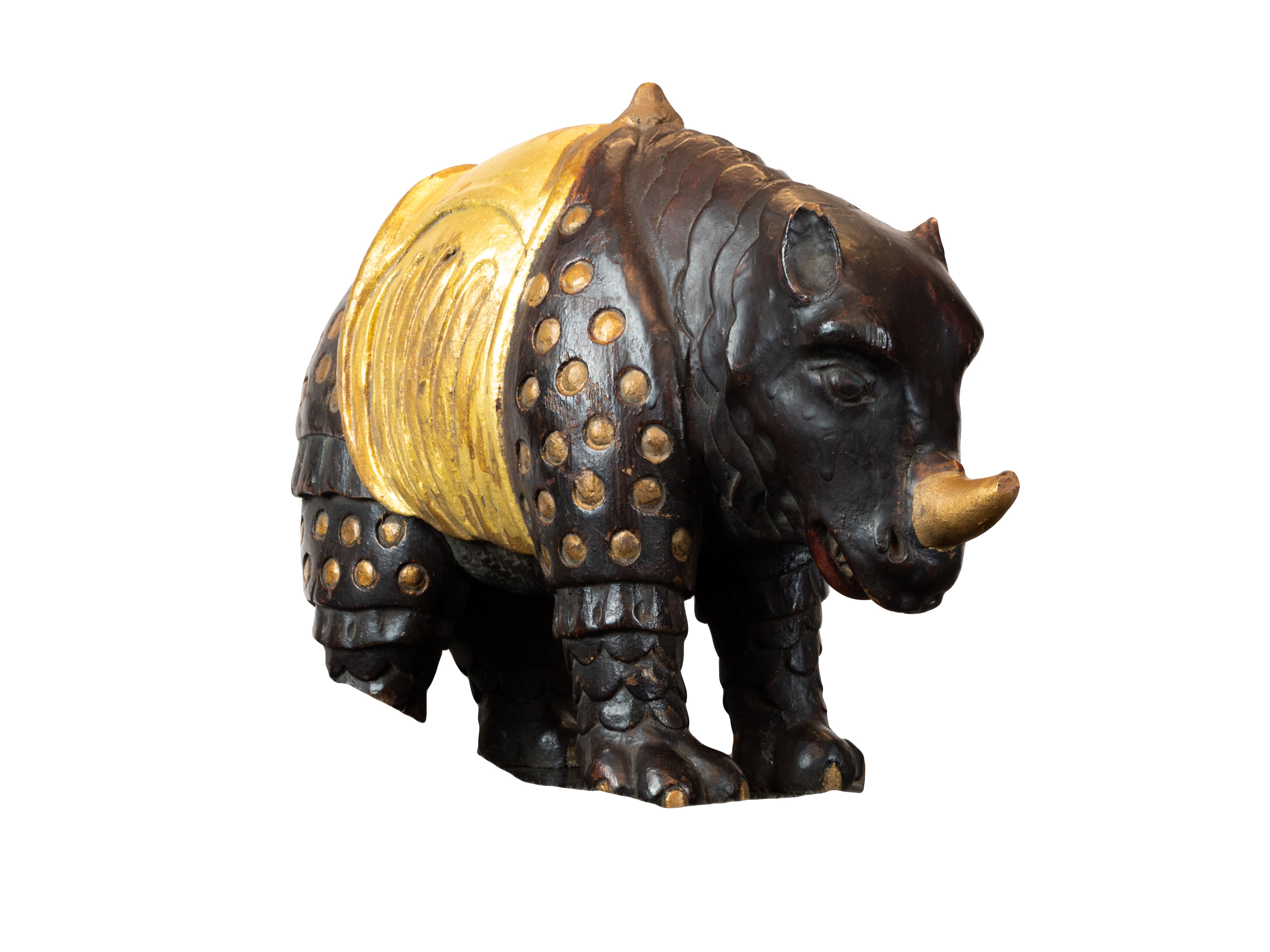History
 Carved rhino from the mace of the Apothecaries' Hall of Dublin
Carved rhino from the mace of the Apothecaries' Hall of Dublin
The organisation of the trade of the apothecary in Ireland started with the Guild of St Mary Magdalene in 1446 – the earliest medical establishment in these islands. This Guild was originally constituted of apothecaries, barber-surgeons and periwig makers. In 1746, a Royal Charter of King George II established a separate Guild of St. Luke for the Dublin Apothecaries, with powers to regulate the profession. This was the last, and twenty fifth, guild created in Dublin. The roles of the guilds included governance of the City of Dublin in addition to their trade standards, mutual support, and educational roles. In 1791, The Apothecaries’ Hall Act was passed by parliament, establishing the Company of Apothecaries’ Hall. Amongst other provisions of this Act, was the extension of the regulatory and educational roles – of what had been limited in the Guild to the environs of Dublin – to the whole of Ireland. Under the Act, which is still in force, the Company is comprised of a governor, deputy governor, thirteen directors and up to 60 Members. The 1791 Act regulated the training of apothecaries, which required an apprenticeship of seven years. The Company also had the authority to examine and issue certificates to Apprentice Apothecaries, Journeyman Apothecaries and Master Apothecaries (who could open a pharmaceutical shop).
Under the 1858 Medical Act, the qualification of Licentiate of Apothecaries’ Hall (LAH) was included as one of the recognised qualifications to practice medicine in these islands. Apothecaries’ Hall was an examining and licensing body for medicine, not a teaching one. Applicants had to present evidence of adequate attendance at lectures and clinical instruction before sitting the examinations. In 1971, the General Medical Council (UK) and the Medical Registration Council of Ireland removed the Hall’s Licentiate as one of their recognised medical qualifications.